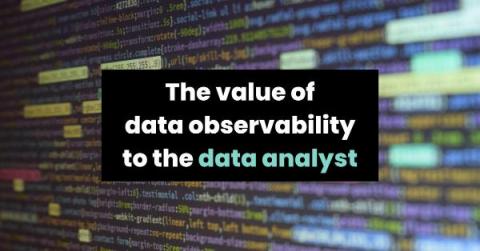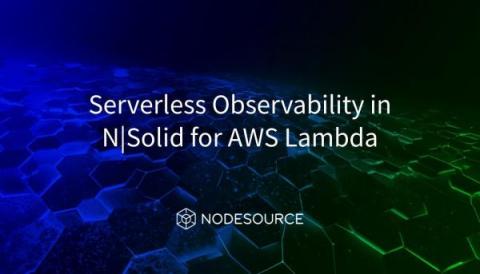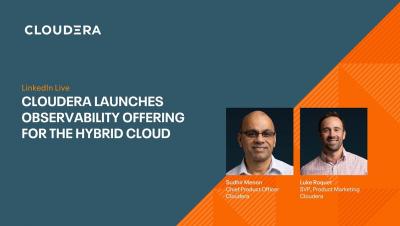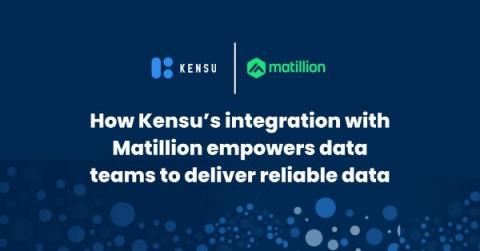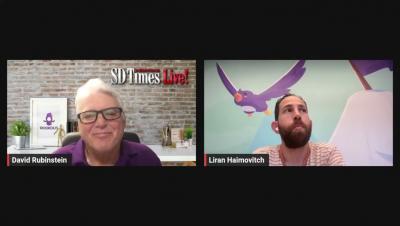The value of data observability to the data analyst
At the beginning of my career as a data analyst, I had to rely on other team members when something went wrong in our data pipeline, often only finding out about it after the event. That experience was one of the driving factors for me to join Kensu. When I spoke with the team for the first time, I had that “lightbulb moment”: data observability is a way of providing help to various data team members, including data analysts, in making their lives more productive and less painful.


